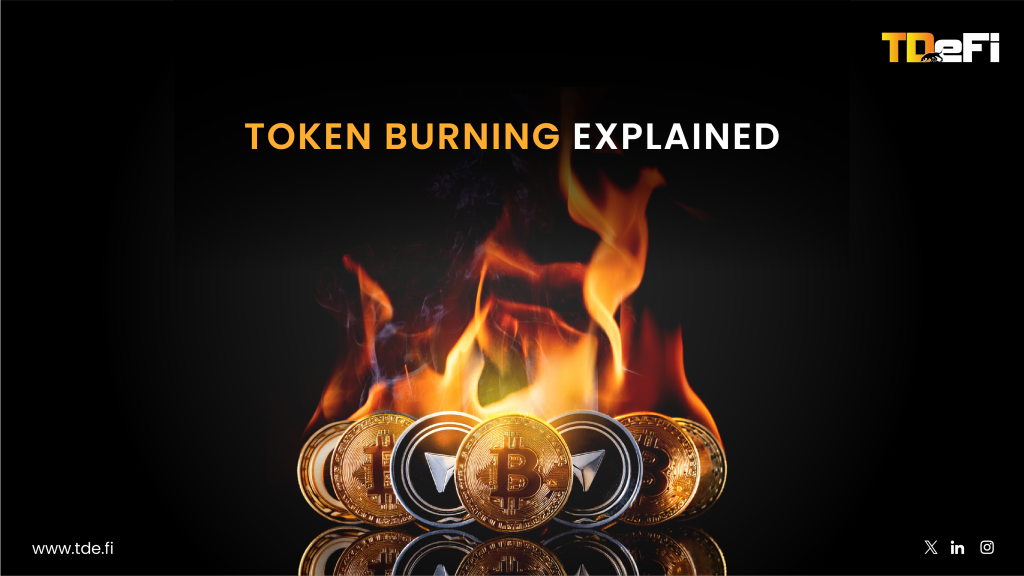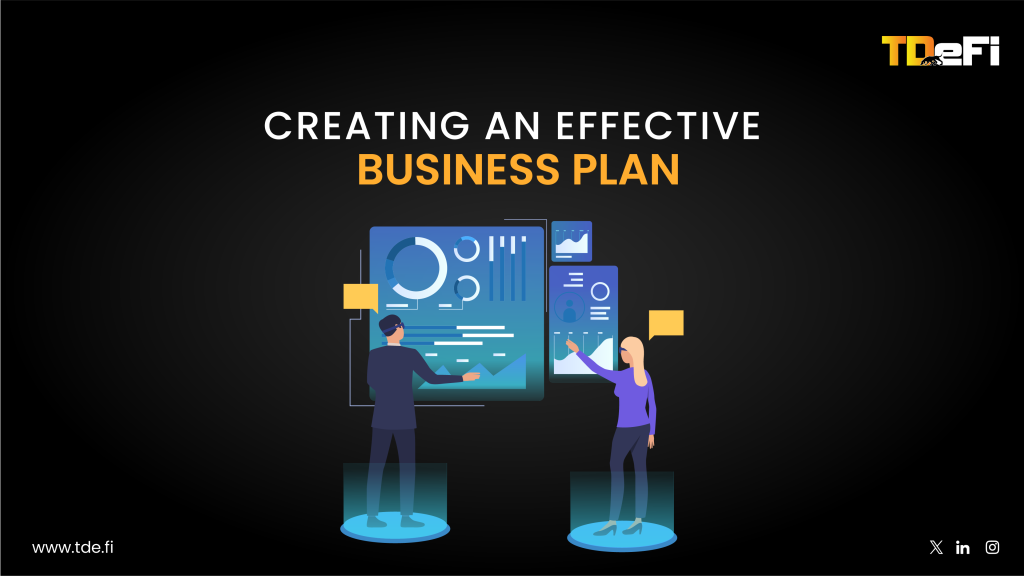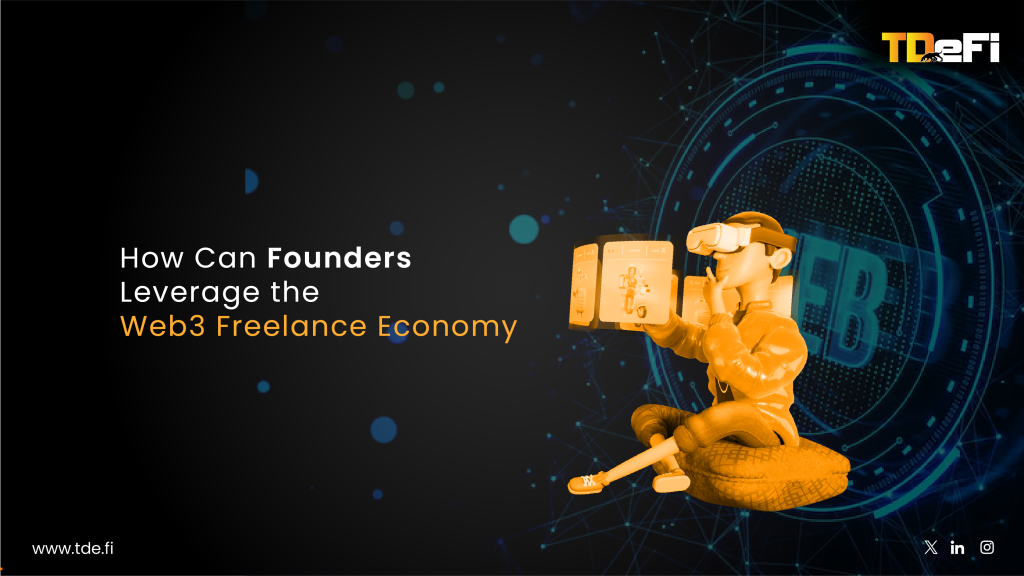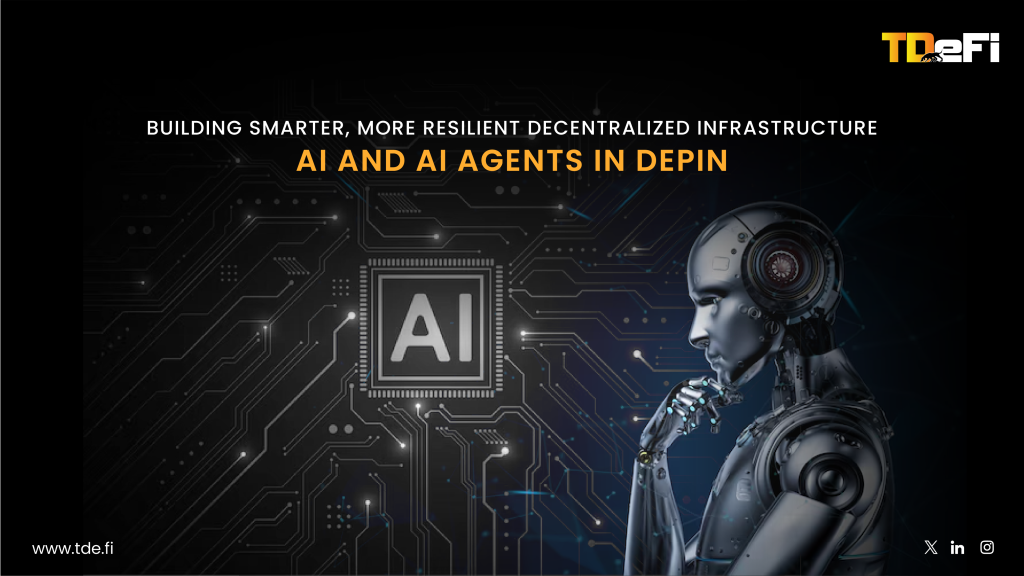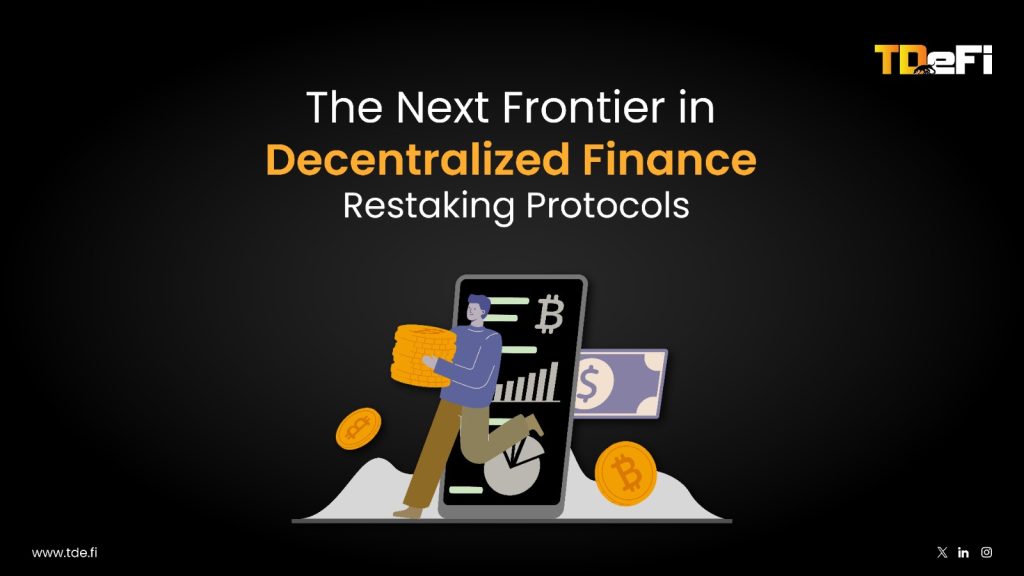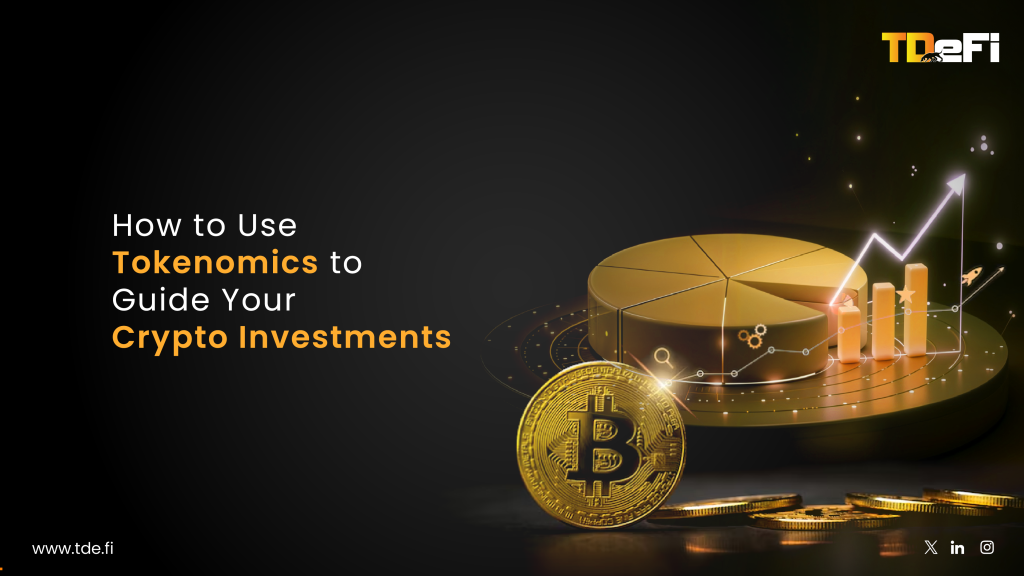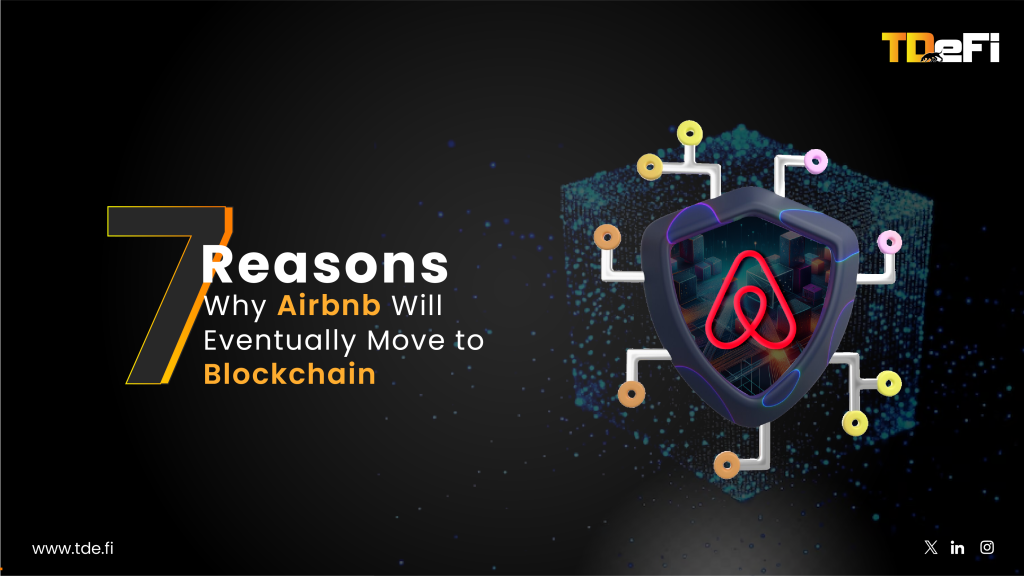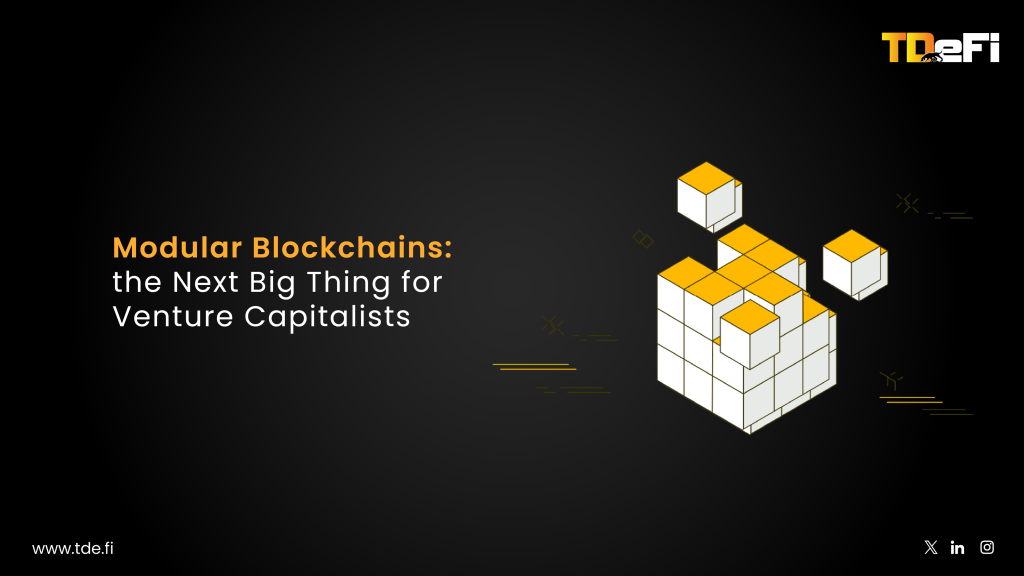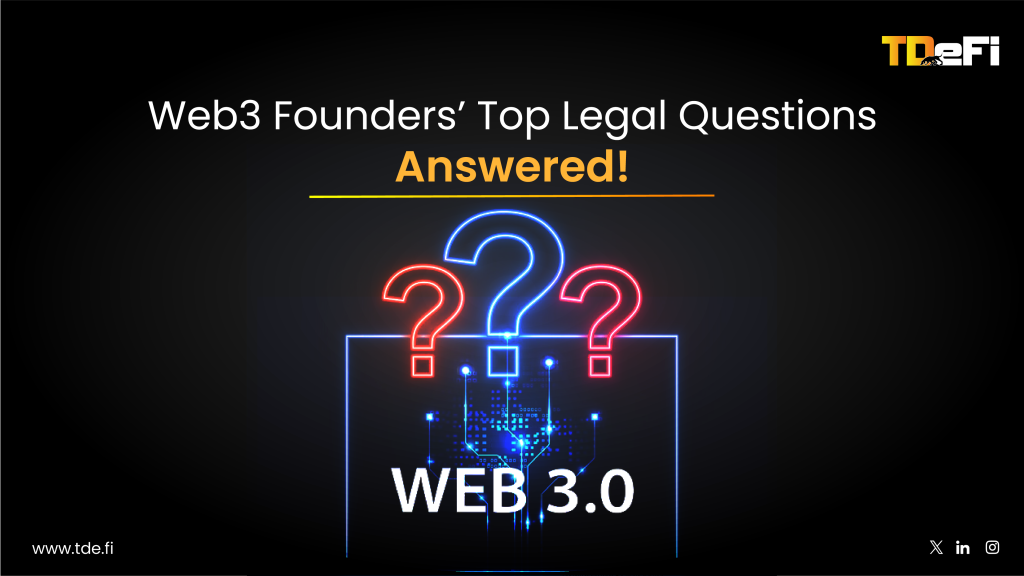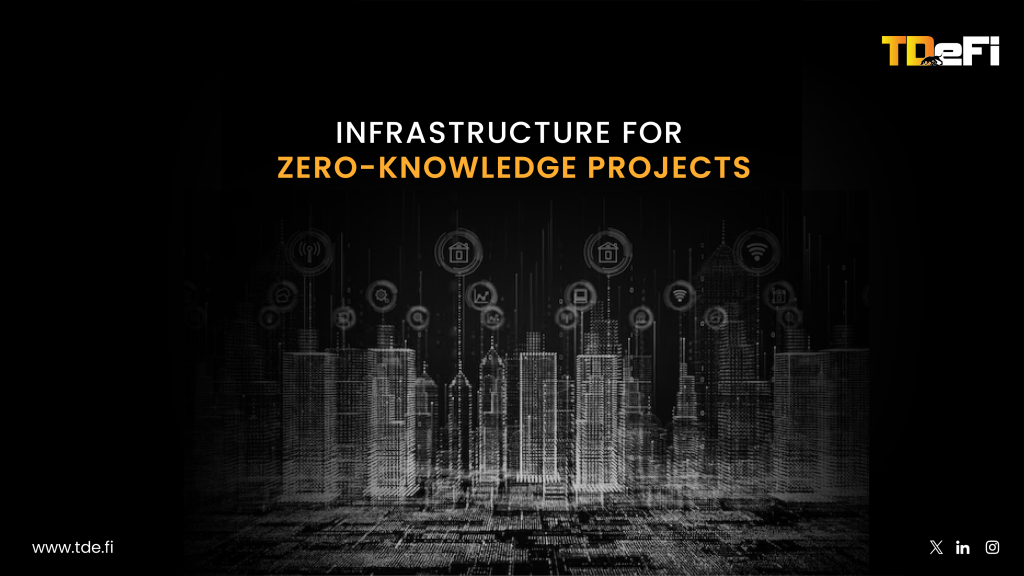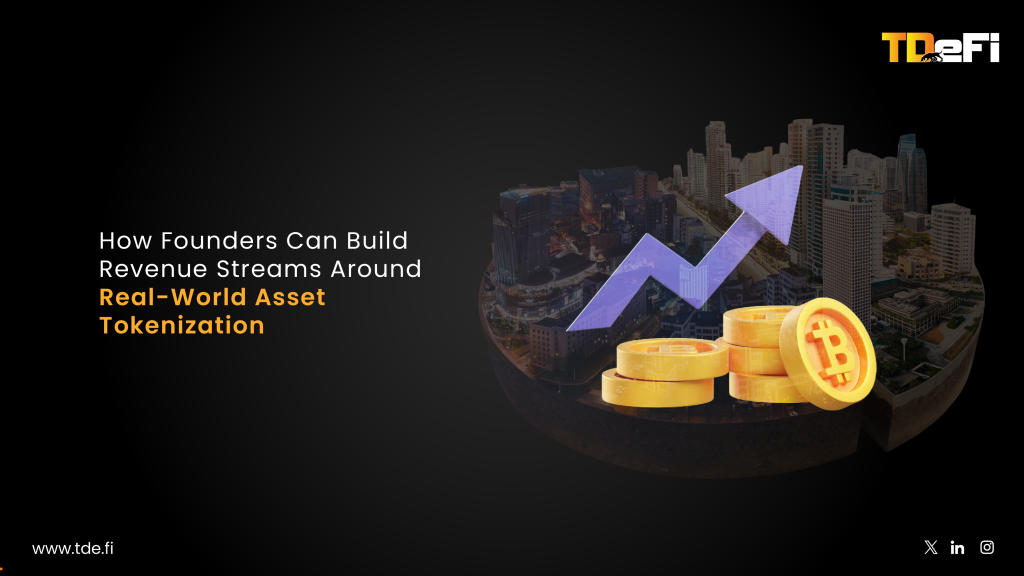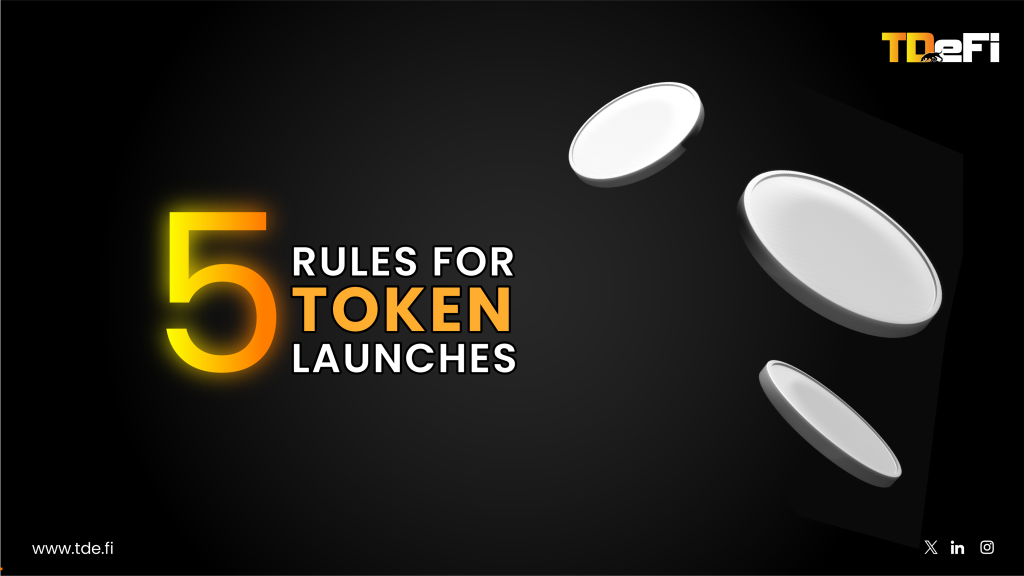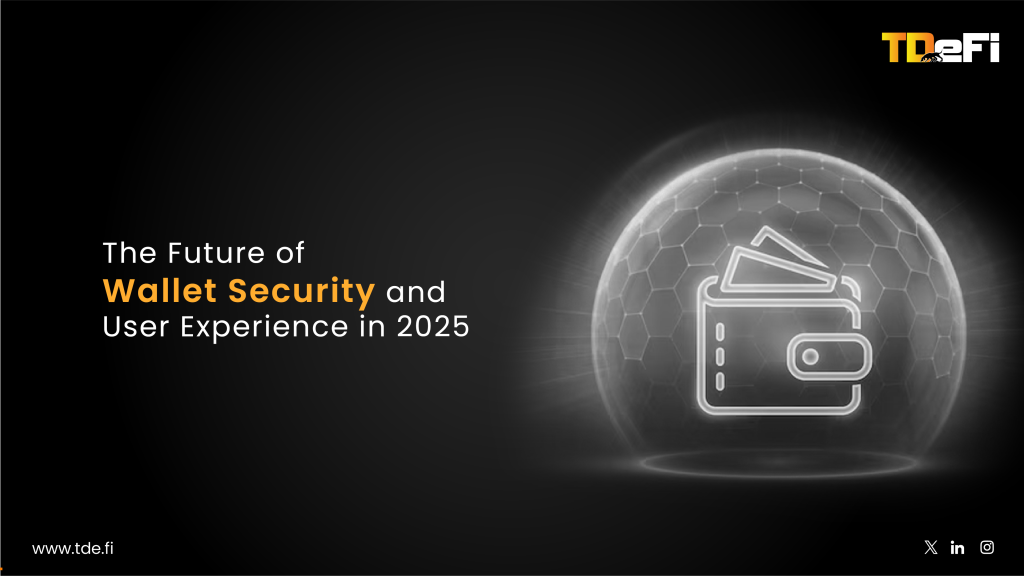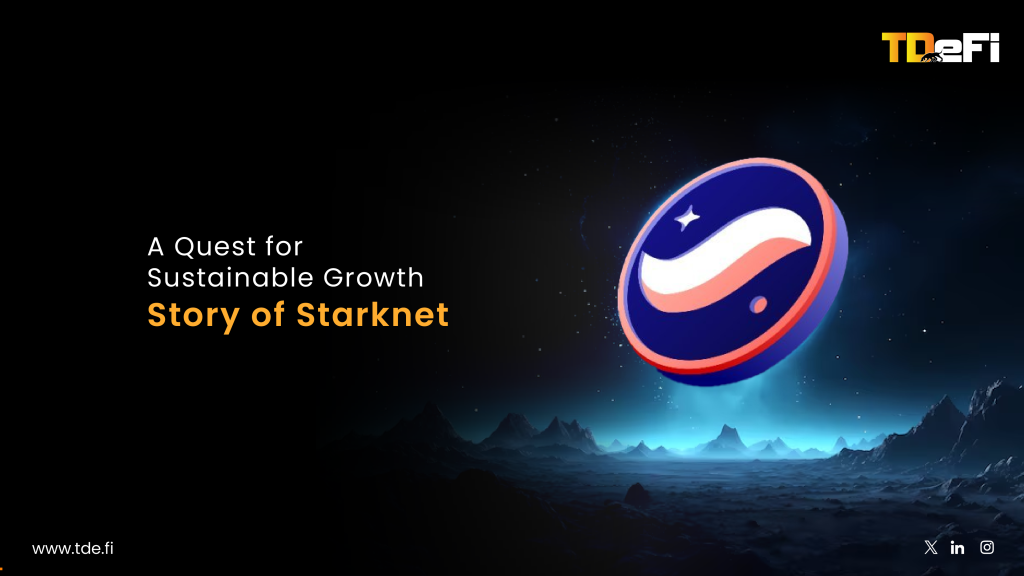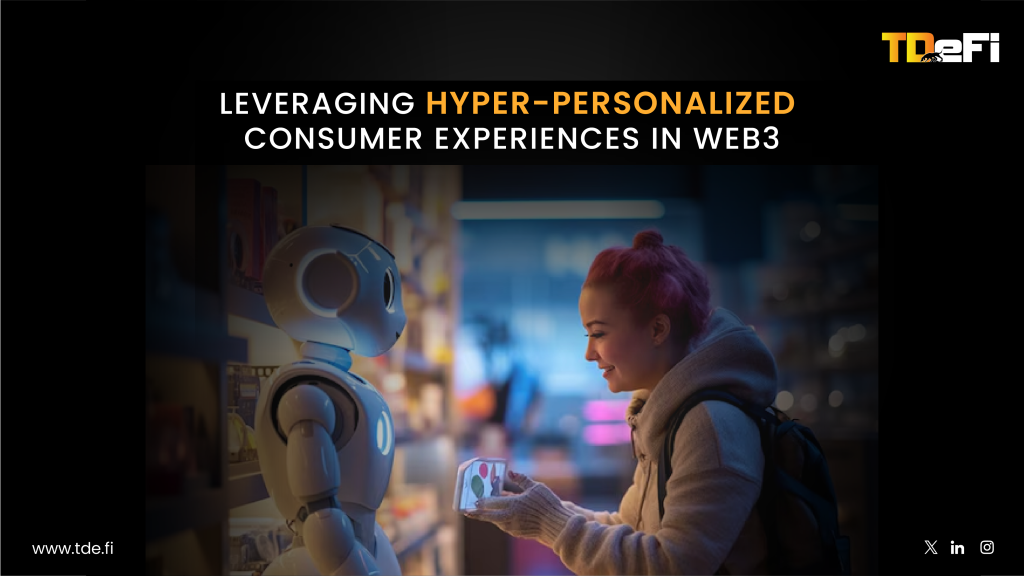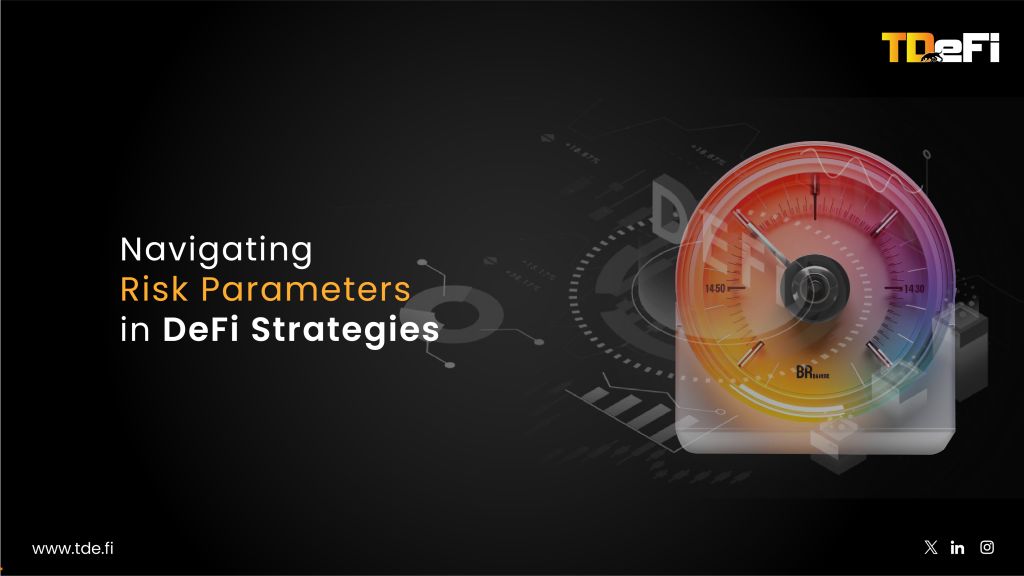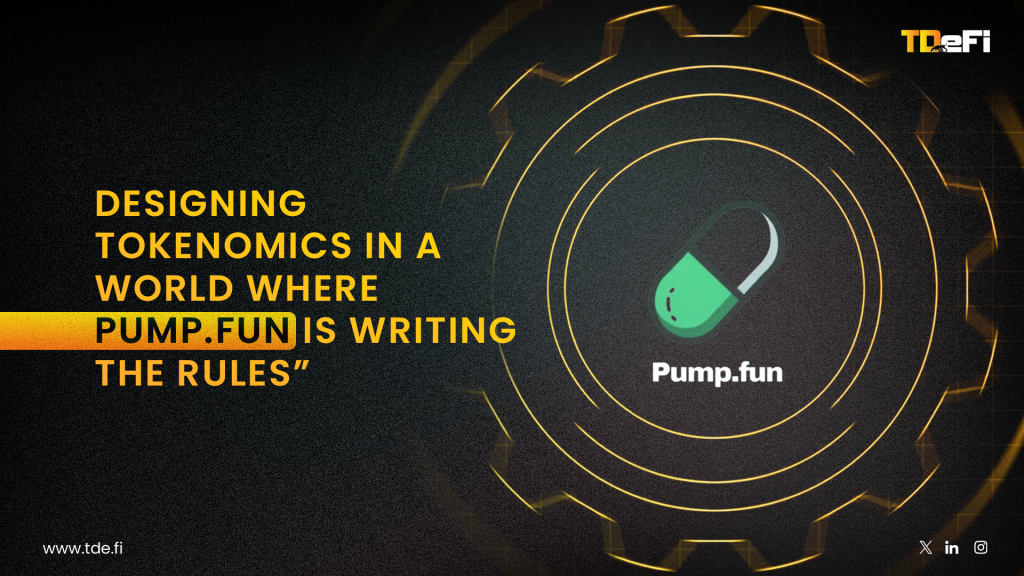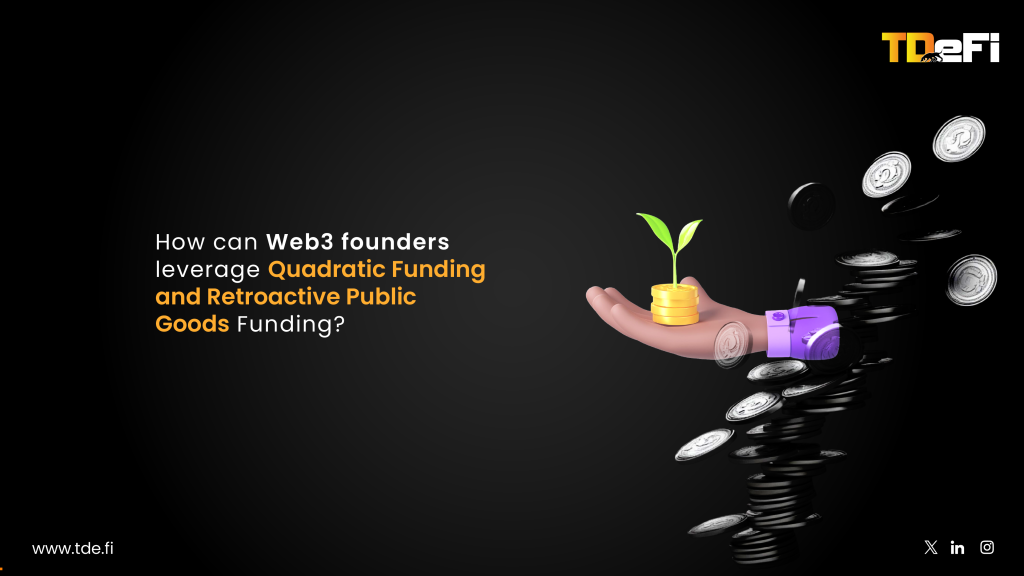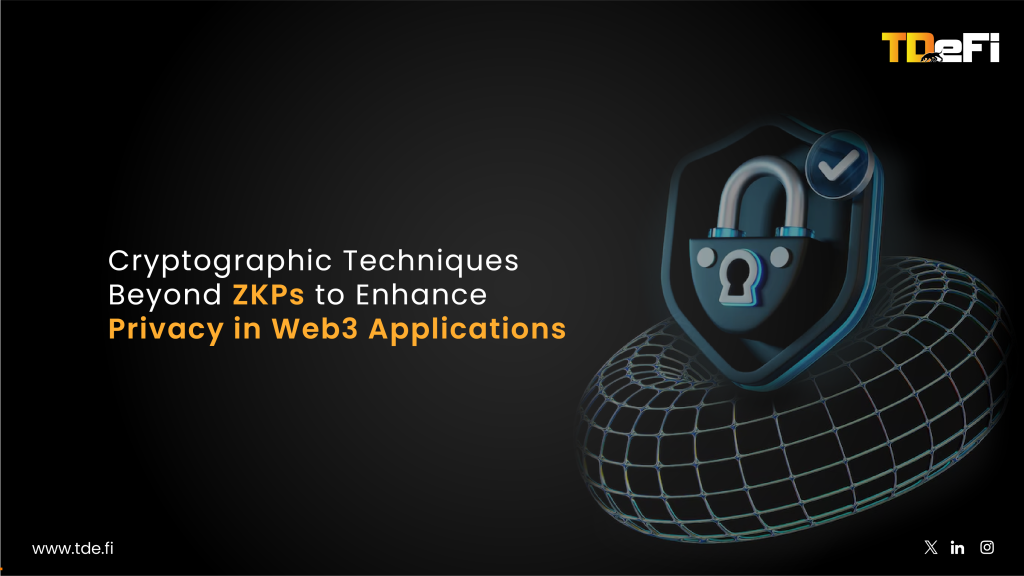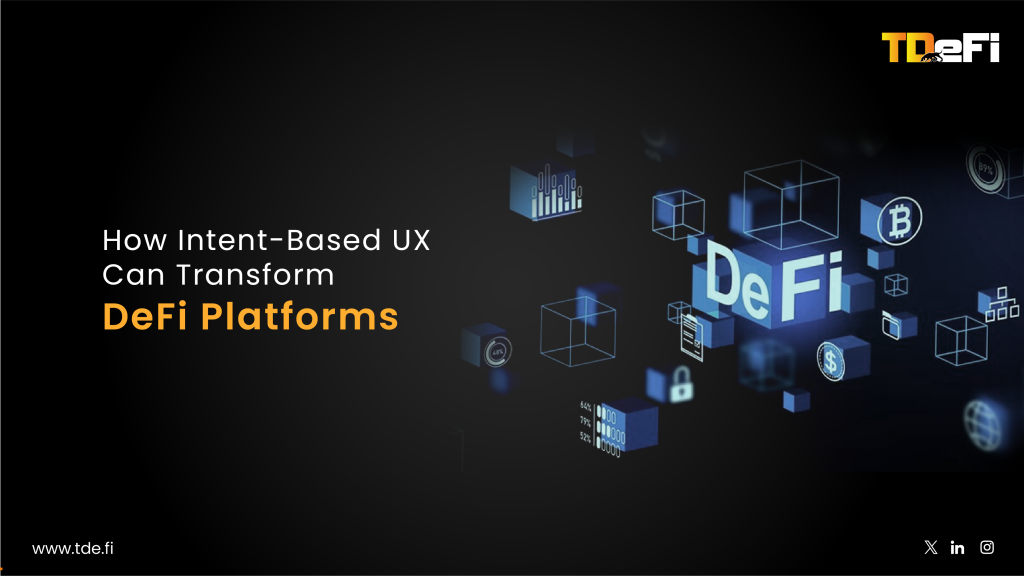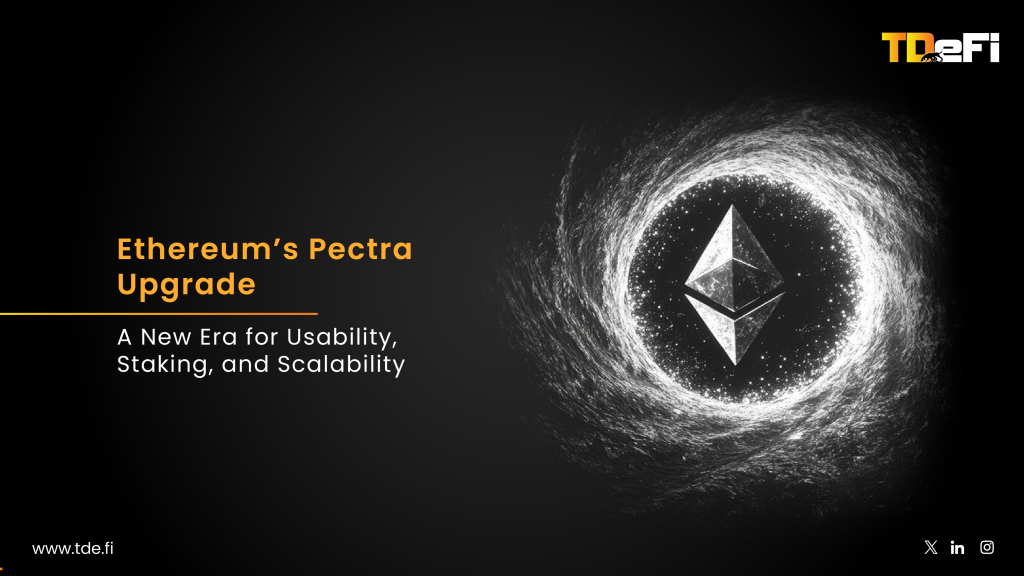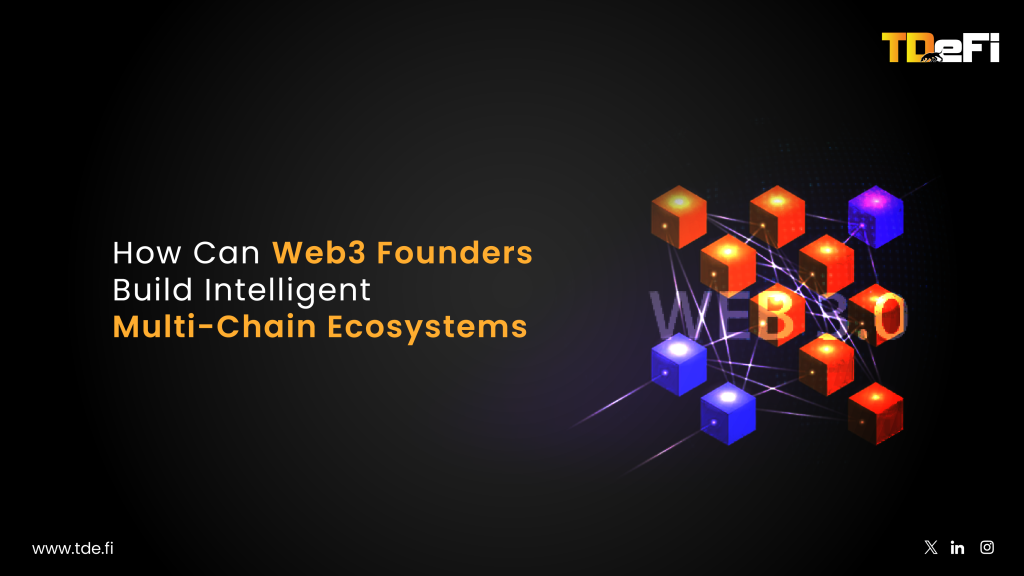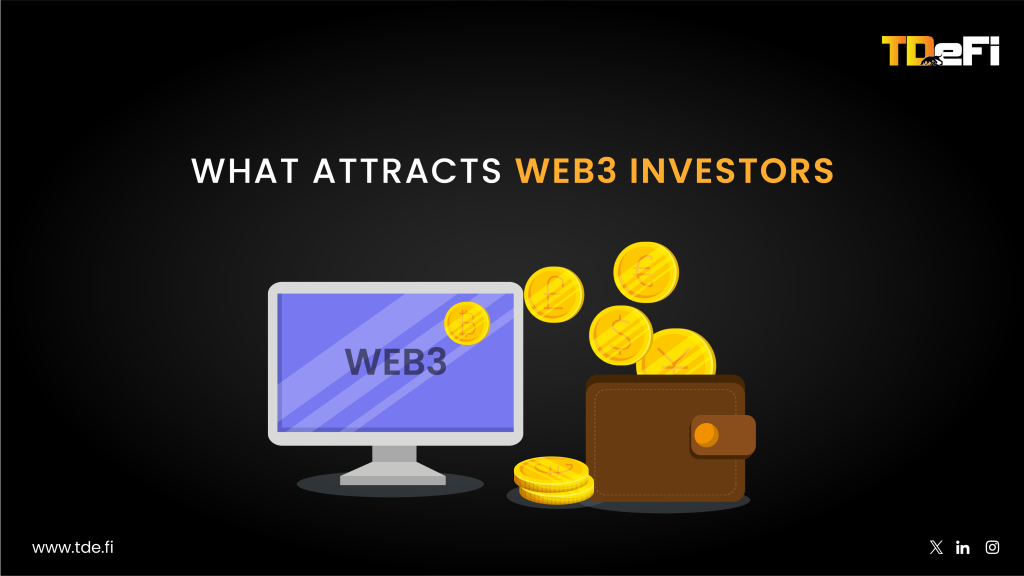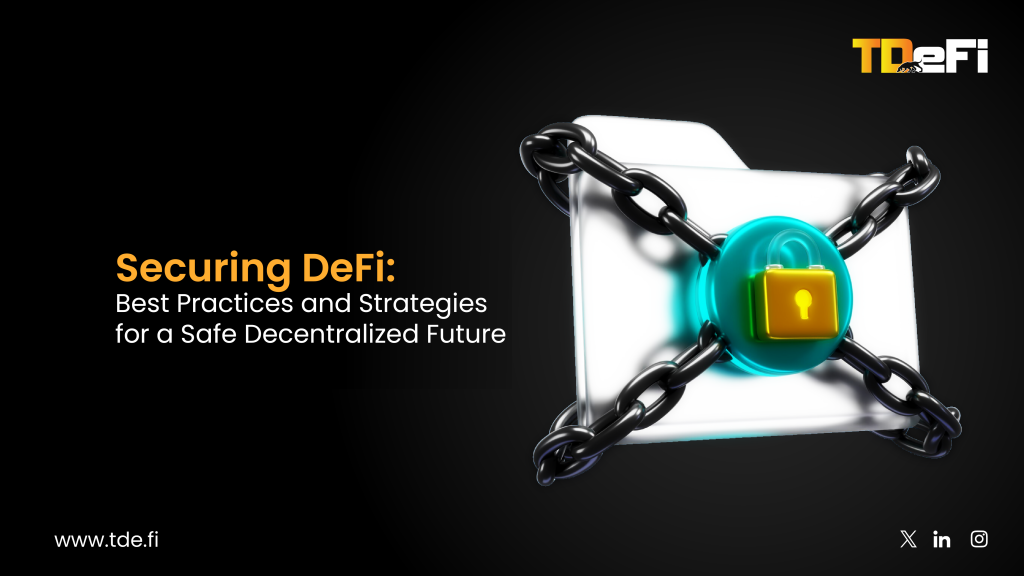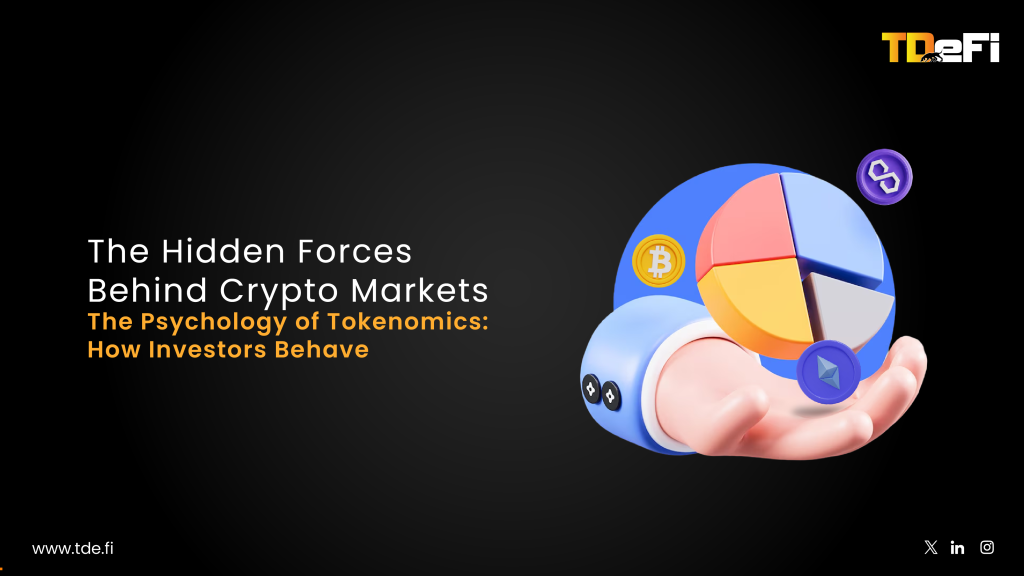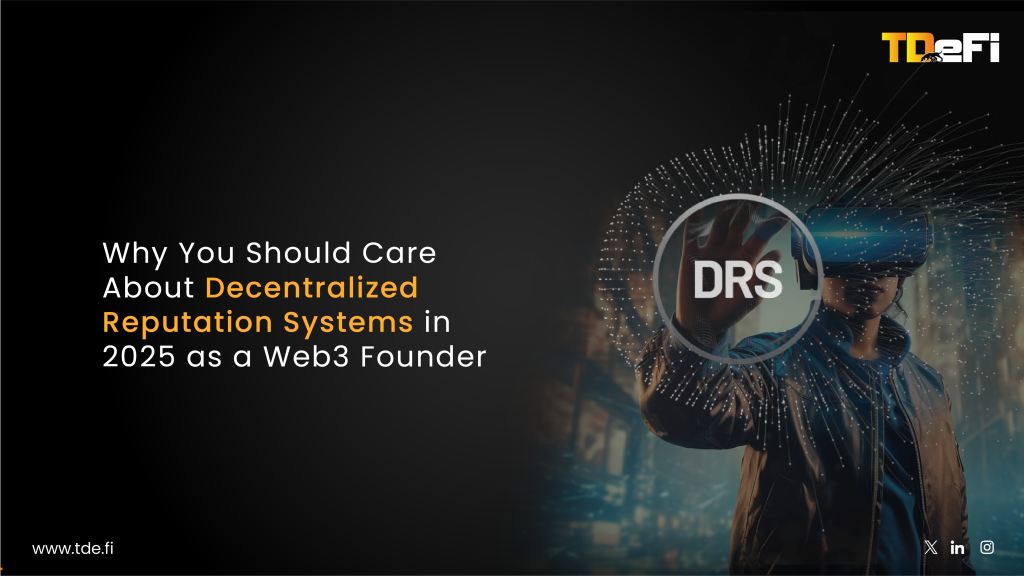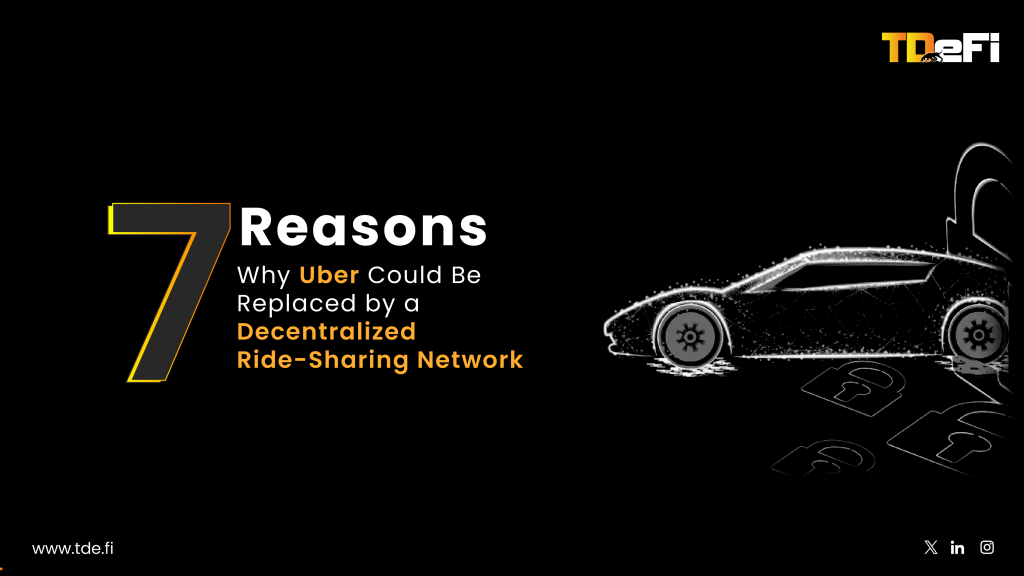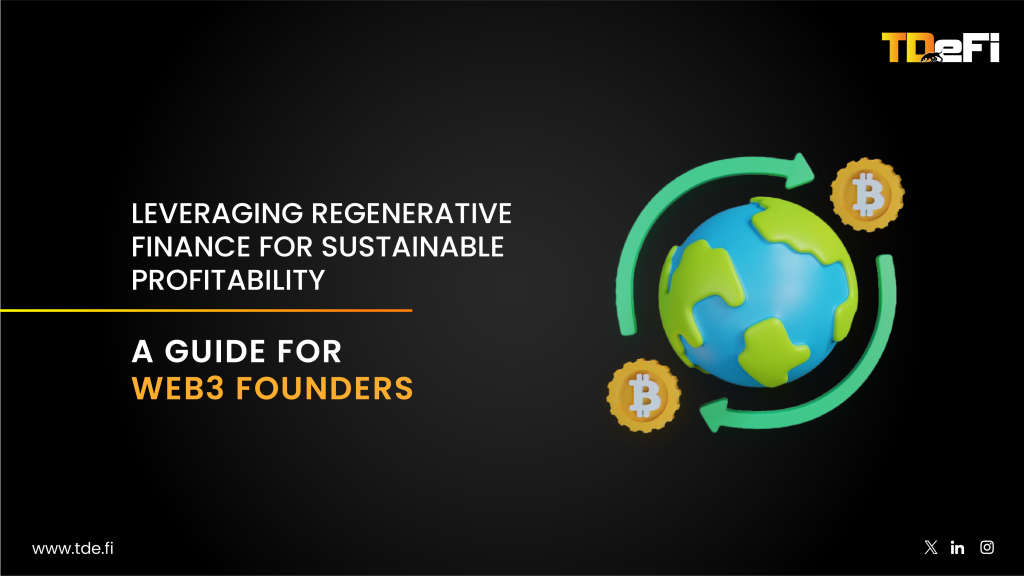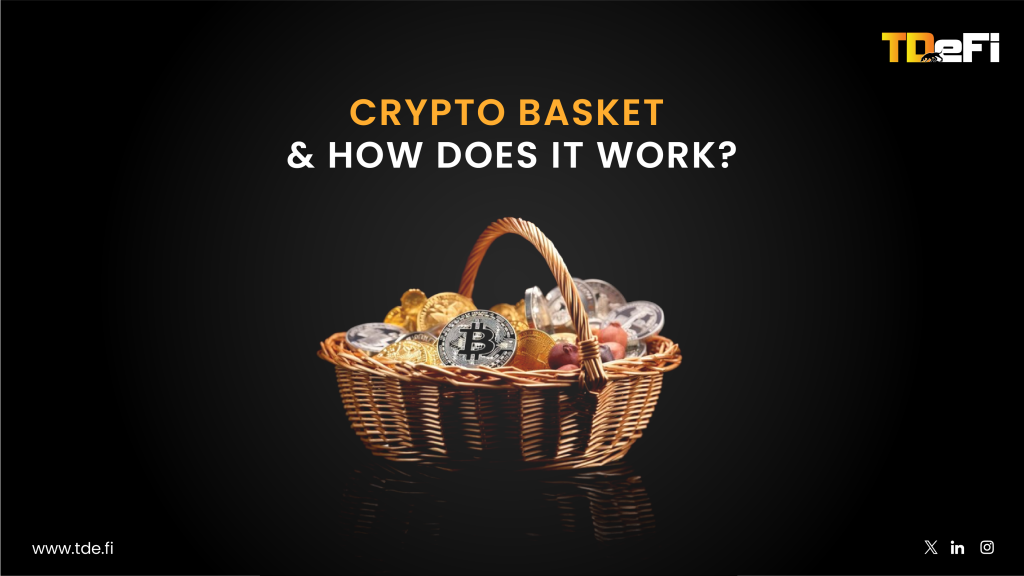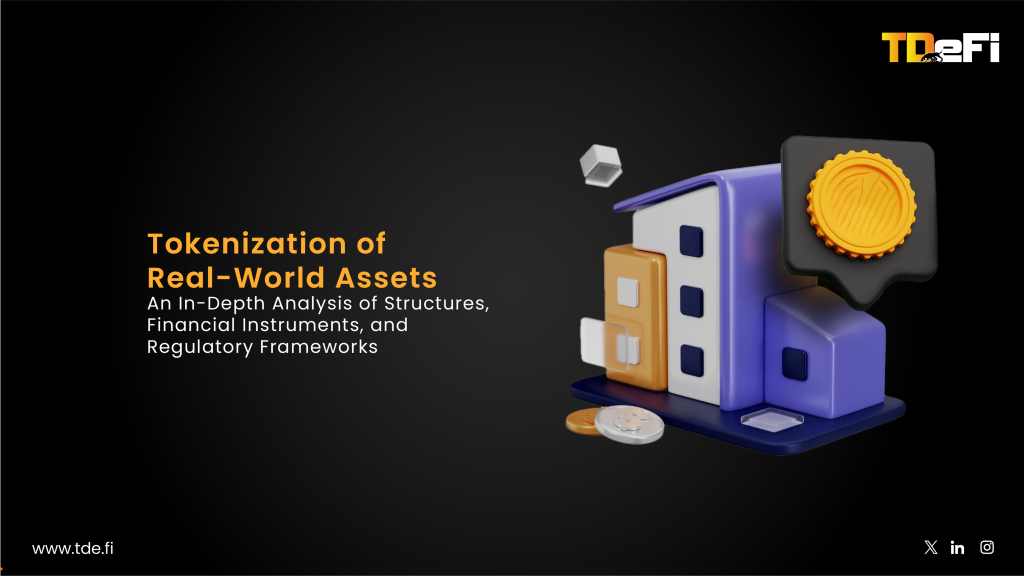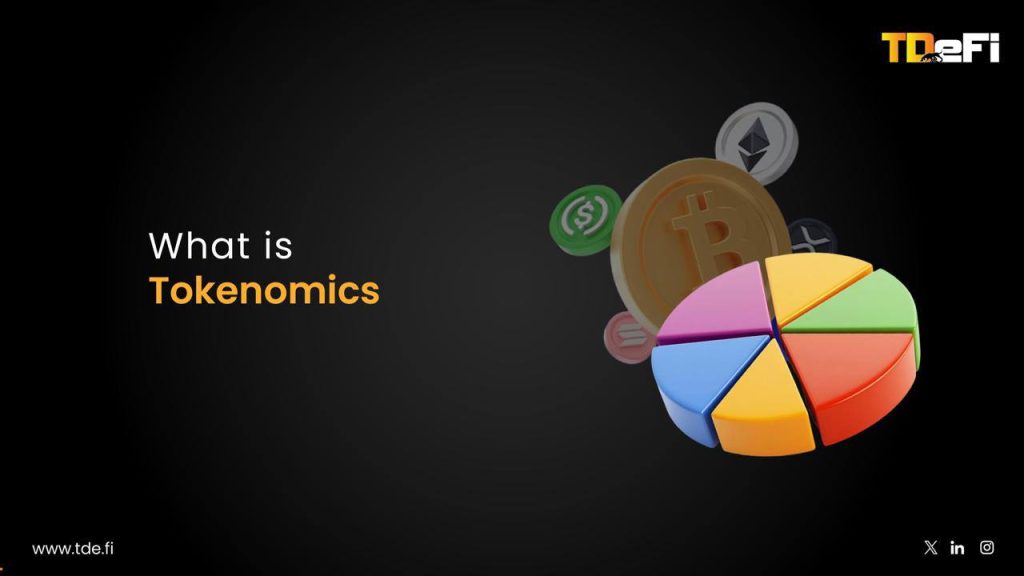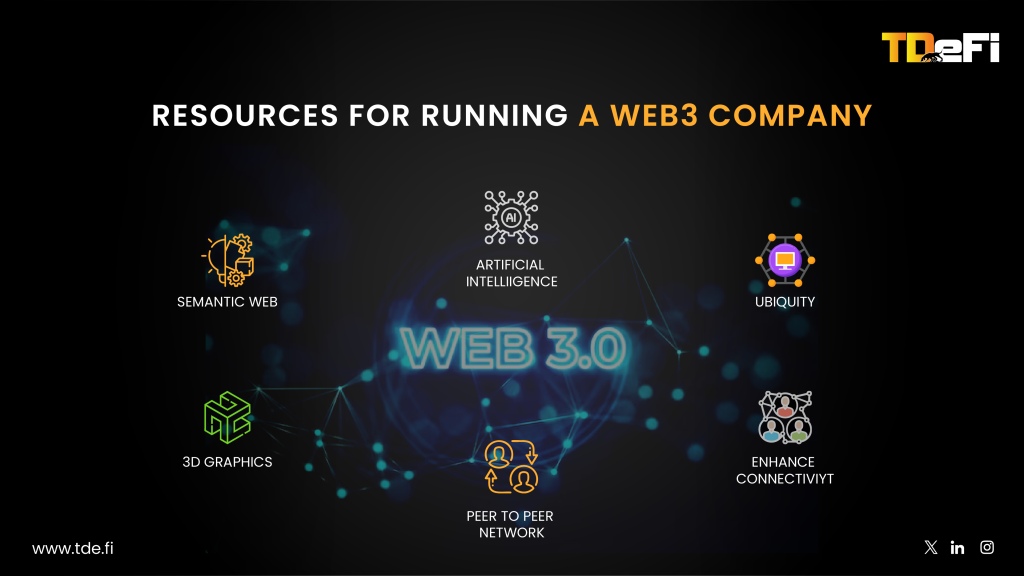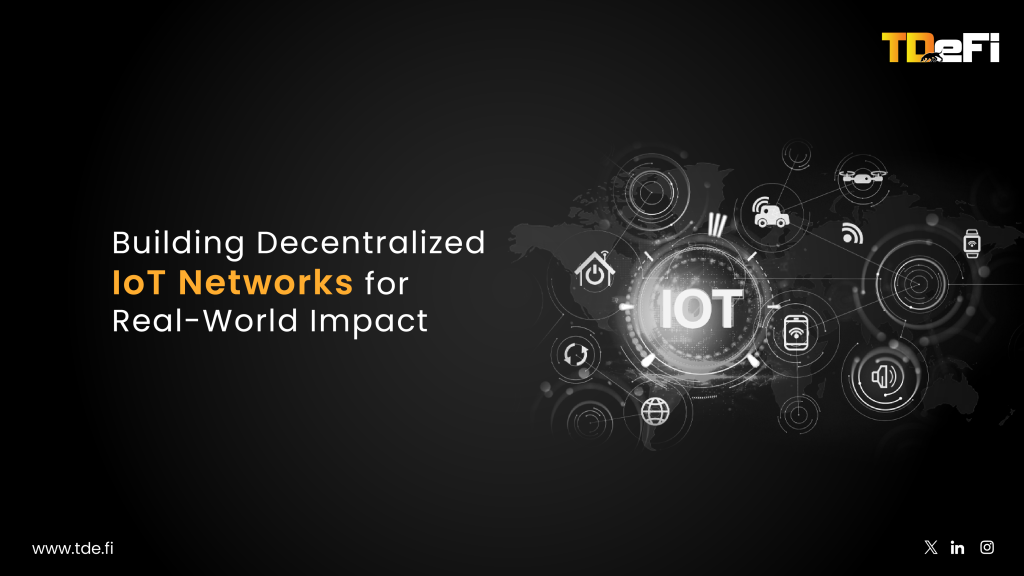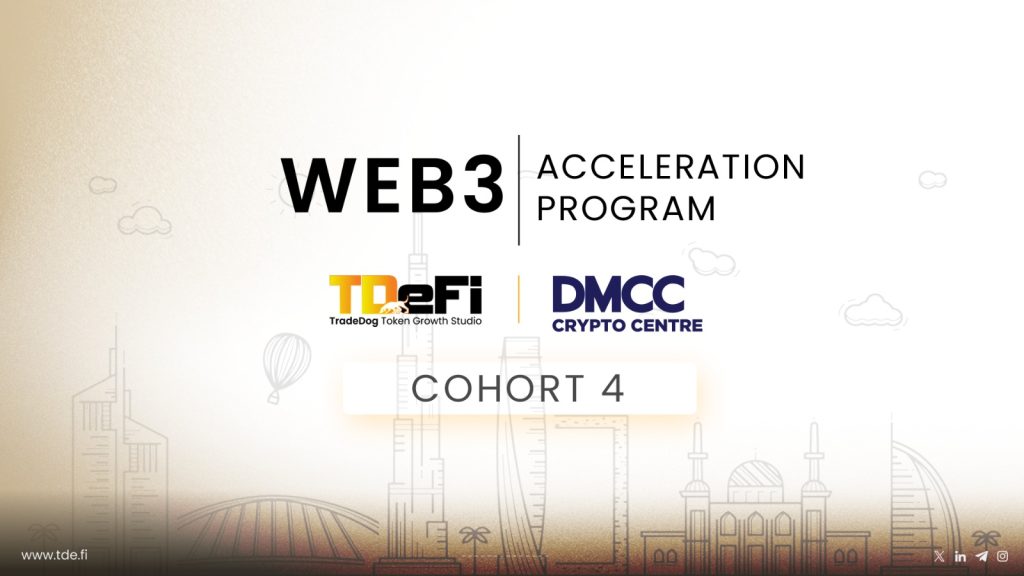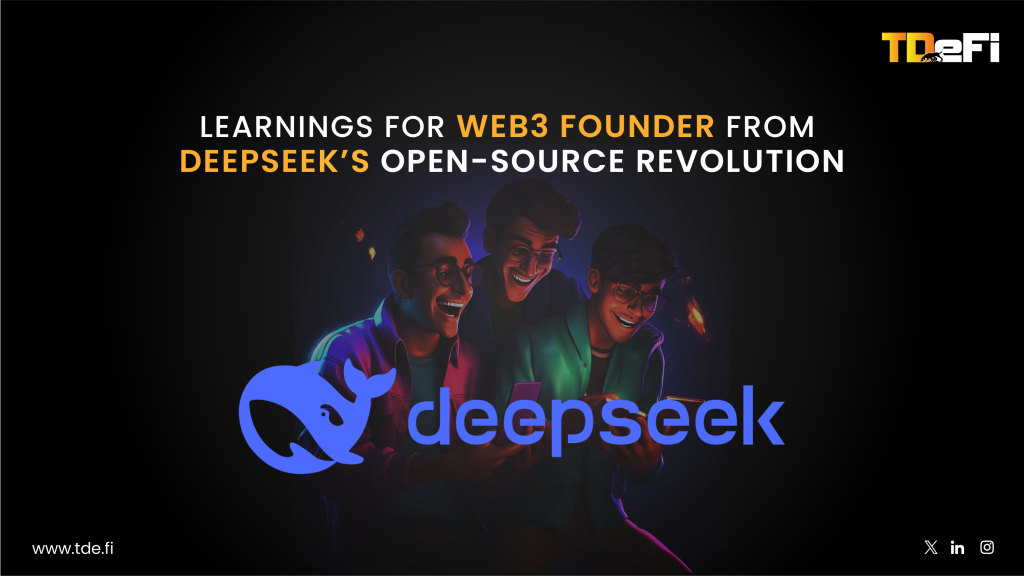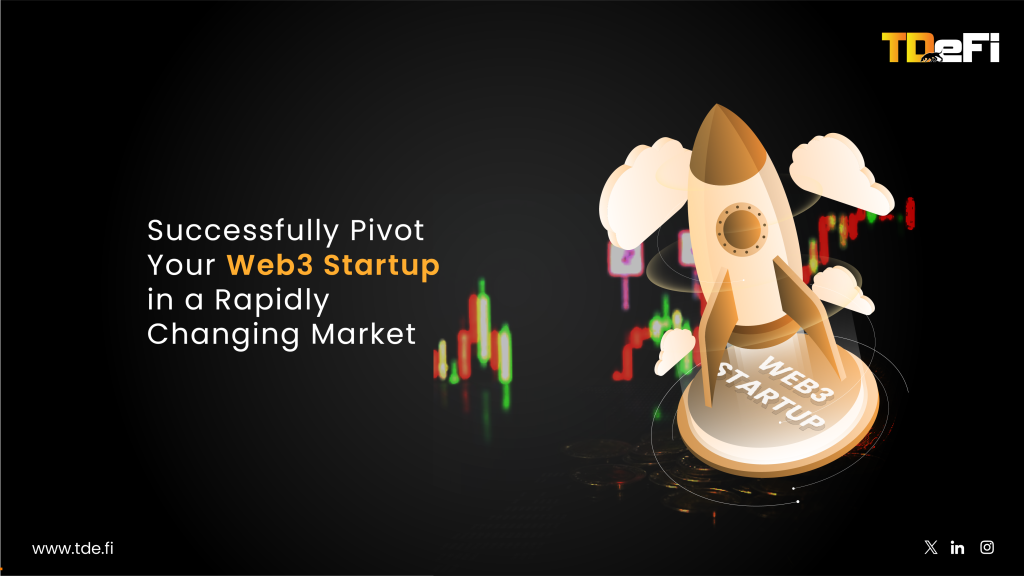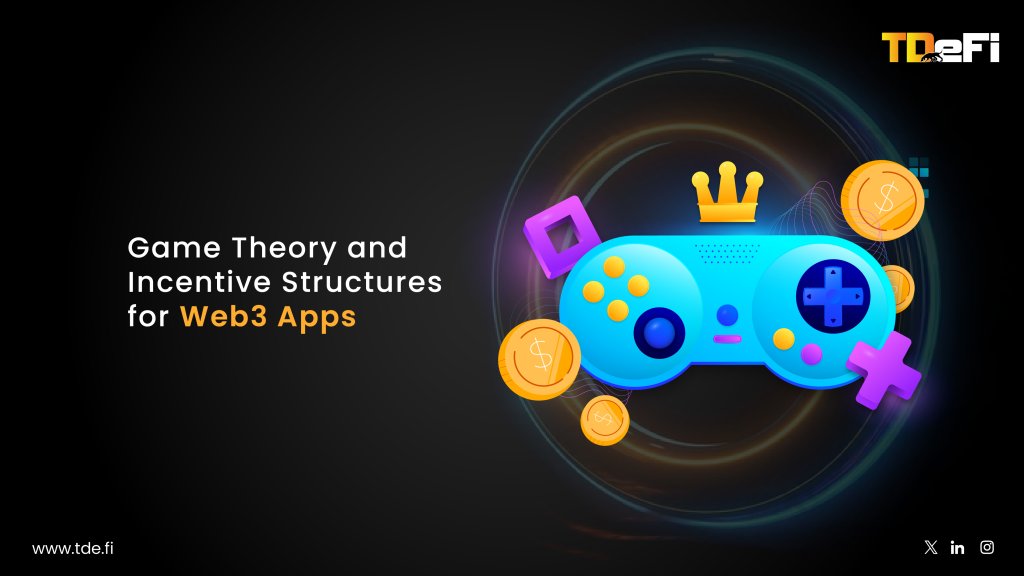TL;DR
Web3 demands a relentless pursuit of innovation and unwavering resilience in the face of fierce competition. Sure, user acquisition may ignite growth, but only retention sustains it. Tokenized rewards are a powerful growth hack for Web3 founders. They empower users with real ownership, provide fluid utility, and ensure radical transparency, nurturing a loyal community that is genuinely invested in your project’s success.
This blog is for Web3 founders who are done chasing temporary engagement and are ready to build decentralized ecosystems where users stick around, becoming not just participants, but advocates, stakeholders, and co-creators.
Intro
Attention is cheap. Commitment is priceless!
In the relentless churn of Web3, where projects rise on waves of speculation and crash just as quickly under the weight of irrelevance, the founders who win aren’t the ones who attract attention; they’re the ones who hold it.
Anyone can acquire users with the right mix of token drops, hype cycles, and influencer noise. But that’s not growth. That’s just gravity without an anchor. The real game isn’t just about getting users into your ecosystem; it’s about making them part of it in a way that outlasts market fluctuations, narrative shifts, and the next hot protocol.
That’s exactly where tokenized rewards come into play, not as a marketing gimmick but as an architectural pillar of sustainable growth.
In this blog, we’ll unpack how tokenized rewards can transform your user base from passive participants into active stakeholders, driving retention that fuels long-term success.
Let’s burrow down this rabbit hole.
Why Customer Retention is Critical in Web3
In Web3, customer retention has become a critical strategic imperative for businesses. The decentralized nature of blockchain-based ecosystems empowers users with unequalled freedom and choice, allowing them to seamlessly switch between platforms and projects with minimal friction. This newfound user mobility places immense pressure on Web3 companies to not only acquire customers but, more importantly, to retain them over the long term.
The heightened significance of customer retention in Web3 stems from the fundamental shift in the user-platform dynamics. Differing from traditional, centralized digital environments, Web3 projects rely heavily on active community engagement, shared ownership, and a deep sense of trust and loyalty among users. These users are no longer passive consumers but active stakeholders, with the ability to easily voice their dissatisfaction by reallocating their time, attention, and resources to competing offerings.
Retaining a loyal, engaged user base is therefore essential, as these users form the very foundation of a successful Web3 ecosystem. They are the supporters who drive community growth, participate in governance decisions, and actively contribute to the platform’s success through their actions, such as staking, trading, or referrals. Failing to offer sustained value and meaningful engagement will result in users abandoning the platform, with little hesitation or loyalty, leaving Web3 companies vulnerable and struggling to maintain long-term viability.
The Economics of Retention
- Lower Customer Acquisition Costs: Acquiring new users in Web3 often involves costly incentives like airdrops or token giveaways. Retaining existing users reduces the need for constant acquisition campaigns, freeing up resources for other growth initiatives. Additionally, word-of-mouth referrals from loyal customers can drive organic acquisition, further lowering your overall acquisition costs.
- Higher Customer Lifetime Value: Retained users engage more frequently and for longer periods, increasing their overall value to the platform. As they deepen their involvement and emotional connection, they are more likely to make repeated purchases, participate in governance, and contribute to the platform’s ecosystem in meaningful ways. This translates to a higher customer lifetime value, which is crucial for the long-term sustainability of Web3 projects.
- Community Growth and Advocacy: Loyal users form the foundation of DAOs and NFT communities, driving participation and instilling a sense of belonging. These engaged community members become brand advocates, actively promoting the platform and attracting new users through their endorsements and referrals. This community-driven growth is a powerful flywheel that can propel Web3 projects to new heights.
How Tokenized Rewards Enhance Customer Retention
Tokenized rewards transcend traditional loyalty programs by harnessing the unique capabilities of blockchain technology. Unlike centralized points systems that confine value within closed ecosystems, tokenized rewards offer unparalleled flexibility, user ownership, and engagement opportunities that resonate profoundly with Web3 users.
1. Ownership as Transformative Incentive
Tokenized rewards empower users with genuine ownership of their incentives, whether they’re fungible tokens or non-fungible tokens. Users can hold, trade, or sell these assets, establishing a stronger emotional connection to the platform compared to conventional loyalty points that often feel impersonal or disposable. Nike’s visionary .SWOOSH platform exemplifies this concept, rewarding loyal customers with exclusive digital sneakers as NFTs. These NFTs can be traded or utilized within Nike’s ecosystem, offering a glimpse into the future of customer engagement through tokenized rewards.
2. Boundless Flexibility Across Ecosystems
Tokenized rewards transcend the boundaries of a single platform, enabling users to leverage their incentives across multiple ecosystems or even trade them on secondary markets. This unparalleled interoperability enhances the utility and appeal of tokenized rewards, making them a driving force for retention. For example, Adidas’ ‘Into the Metaverse’ NFT collection demonstrated how brands can offer holders access to exclusive physical merchandise drops, virtual wearables for metaverse platforms like Decentraland, and participation in community-driven initiatives.
3. Gamification for Deeper Engagement
Tokenized rewards unlock a new arena of gamification strategies that captivate users and promote deeper engagement. Challenges, leaderboards, and tiered incentive structures transform loyalty programs into dynamic, interactive experiences. For example, Warner Bros. Discovery’s ‘B/R Watch to Earn’ program encouraged viewer engagement during NBA on TNT broadcasts through interactive elements like trivia. Participants earned points or ‘B/R Tokens’ that could be redeemed for rewards such as exclusive merchandise, digital collectibles, and unique experiences. This program demonstrates how gamification can transform passive viewing into an active and rewarding experience for fans.
4. Transparency and Trust for Lasting Relationships
Blockchain technology serves as the backbone of tokenized rewards, ensuring that the entire reward system is transparent, auditable, and tamper-proof. This level of transparency builds unshakable trust among users, who can rest assured that they’re being treated fairly and that their incentives are secured within a trustworthy ecosystem. Uphold’s Loyalty Program rewards active users with benefits like increased interest rates on stablecoins (check the Uphold website for current rates), early access to new features, and priority customer support. The program incentivizes user engagement through completing simple monthly tasks, such as trading, holding assets, and referring friends. It aims for transparency in its reward structure and distribution.
Strategies for Implementing Tokenized Rewards in Web3
Building an effective tokenized rewards program is a critical strategy for Web3 founders looking to cultivate loyal, engaged communities that drive long-term growth. By thoughtfully designing reward structures and leveraging the unique capabilities of blockchain technology, you can create ownership-driven loyalty programs that deeply resonate with your audience and deliver measurable results.
1. Design Reward Structures That Align with Your Ecosystem’s Needs
The success of any tokenized rewards program starts with a well-defined structure tailored to your platform’s objectives. Rather than taking a one-size-fits-all approach, it’s essential to design a system that aligns with your unique business goals, user behaviors, and community dynamics.
When designing your reward structure, consider:
- Fungible Tokens (FTs): These interchangeable tokens are ideal for activities that require liquidity, scalability, or frequent transactions. They work well for incentivizing actions like staking, governance participation, and transaction volume.
- Non-Fungible Tokens (NFTs): NFTs offer scarcity and uniqueness, making them perfect for rewards tied to exclusive content, special access, digital collectibles, or community achievements.
A hybrid approach can also be effective, combining the liquidity of fungible tokens with the exclusivity and engagement power of NFTs. The goal is to ensure that every token distributed holds meaningful value within the ecosystem, encouraging users to stay engaged over the long term.
2. Gamify Your Loyalty Program to Drive Sustained Engagement
The key to effective gamification is ensuring that it feels organic to the platform and enhances the user experience rather than feeling like an add-on.
By incorporating game-like elements into your tokenized rewards program, Web3 founders can tap into fundamental human motivators such as achievement, competition, and social recognition.
Key strategies for gamification include:
- Challenges and Missions: Create task-based activities where users complete specific actions to earn rewards. This could include daily check-ins, content creation, participation in events, or completing milestones within the platform.
- Leaderboards and Competitions: Encourage healthy competition by ranking users based on their activity or achievements. This not only motivates users to stay active but also creates social proof and recognition within the community.
- Tiered Reward Systems: Design loyalty tiers where users unlock better rewards as they progress. This encourages continuous participation and creates a sense of progression and accomplishment.
- Referral Programs: Reward users for bringing in new members to the ecosystem. Both the referrer and the referee can benefit, creating a network effect that drives growth and engagement.
3. Empower Your Community through DAO Governance
One of the defining features of Web3 is the ability to decentralize control and give power back to the community. Decentralized Autonomous Organizations (DAOs) are a natural fit for tokenized rewards programs because they infuse a sense of ownership and involvement.
Here’s how to integrate governance into your rewards strategy:
- Token-Based Voting: Allow token holders to participate in governance decisions, from protocol upgrades to community initiatives. This not only engages users but also aligns their interests with the long-term success of the project.
- Proposal Mechanisms: Empower community members to propose new ideas, suggest changes, or recommend new features. Reward active participants who contribute meaningfully to the ecosystem’s growth and innovation.
- Incentivized Participation: Offer governance tokens or other forms of rewards for active participation in DAO activities, such as voting, discussions, or committee involvement.
4. Deliver Frictionless User Experiences
To create a truly engaging tokenized rewards program, the user experience must be seamless and intuitive. Consider the following:
- Simplified Onboarding: Reduce the complexity of wallet creation and token management with user-friendly interfaces. Solutions like Wallet-as-a-Service (WaaS) can help streamline the process, allowing users to sign up using familiar credentials without compromising security.
- Seamless Integration: Ensure that earning, tracking, and redeeming rewards is embedded naturally within the platform’s user flow. Users should feel like the rewards system is part of the product experience, not an external feature.
- Effortless Transactions: Abstract away blockchain complexities, such as gas fees and transaction confirmations, by leveraging technologies like meta-transactions or layer-2 scaling solutions. This reduces friction and makes the platform more accessible to a broader audience.
- Cross-Device Accessibility: Optimize the rewards system for mobile and desktop environments to ensure a consistent and smooth experience, regardless of the user’s device.
5. Unlock Cross-Ecosystem Utility
Here’s how to unlock cross-ecosystem utility:
- Multi-Platform Usage: Design your tokens to be functional across different DApps, DeFi platforms, NFT marketplaces, or even in real-world scenarios. This increases the token’s utility and keeps users engaged, as they can find value beyond your platform alone.
- Interoperable Partnerships: Collaborate with other Web3 projects to create synergies between ecosystems. For example, tokens earned in one application could provide benefits in another, igniting a network effect that amplifies the value of participation across communities.
- Real-World Integration: Extend the use of tokens beyond digital environments. This could involve token-gated access to physical events, exclusive merchandise, or community-driven activities that bridge the gap between online and offline experiences.
- Flexible Redemption Options: Provide users with multiple ways to utilize their rewards, such as exchanging tokens for services, trading them in open markets, or using them as collateral in DeFi platforms. This flexibility increases perceived value and enhances user satisfaction.
Closing Thoughts
An effective tokenized rewards system is about engineering ecosystems of value where user incentives, community growth, and business objectives are seamlessly aligned. Tokenized rewards have the power to transform customer retention from a fleeting afterthought into a foundational pillar of your Web3 project, fostering ownership-driven loyalty that cultivates deeper engagement, trust, and long-term commitment.
For Web3 founders striving to build not just successful projects but self-sustaining communities, tokenized rewards present an unparalleled opportunity. They create environments where users feel genuinely invested—not just financially, but as co-owners and active contributors to the ecosystem’s success.
At TDeFi, we understand that sustainable growth in Web3 isn’t driven by hype; it’s fueled by well-designed tokenomics, strategic community-building, and systems that keep users engaged long after the initial buzz fades. We specialize in helping Web3 startups build scalable, impactful tokenized loyalty programs tailored for success in the decentralized economy.
Ready to transform your community into a loyal, engaged ecosystem? Let us show you how.


